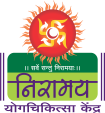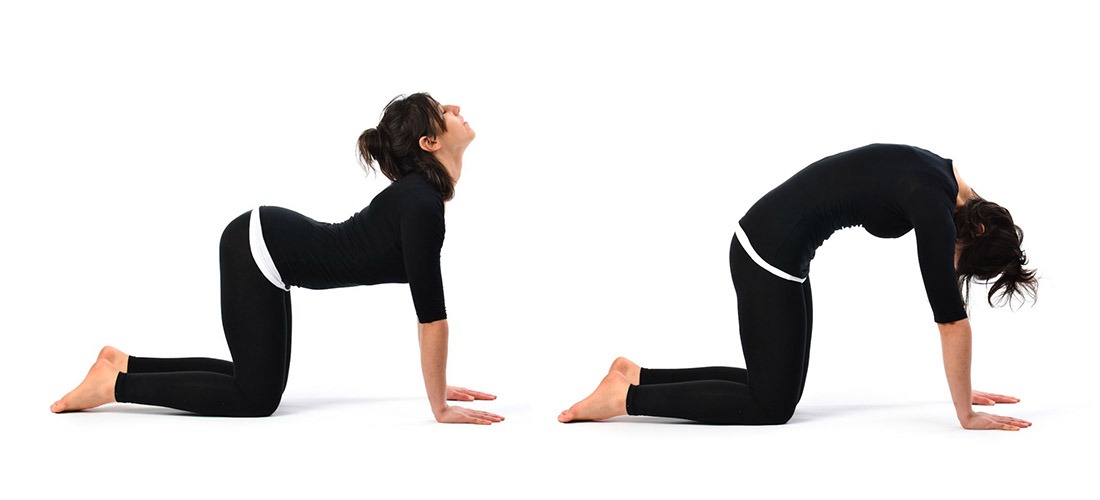In the era of remote work, many people spend long hours sitting at desks, often leading to poor posture, back pain, and reduced productivity. Over time, this can negatively affect both physical and mental health. Yoga, with its focus on posture and stretching, offers a solution. Incorporating simple yoga asanas (poses) into your daily routine can help correct posture, relieve tension, and improve overall wellness.
Why Posture Matters
Sitting for extended periods can cause stiffness in the neck, shoulders, and back. Poor posture leads to muscle strain and fatigue, resulting in discomfort and reduced productivity. Good posture, on the other hand, keeps the body aligned, allowing for better breathing and circulation, leading to increased focus and energy.
Key Yoga Asanas for Desk Workers
Here are a few simple yoga asanas that can help:
Cat-Cow Pose (Marjaryasana-Bitilasana): This gentle movement stretches the spine, relieving tension in the neck and back. It helps improve posture by making the spine more flexible and easing tight muscles from sitting too long.
Seated Forward Bend (Paschimottanasana): Ideal for stretching the lower back and hamstrings, this pose can help release tightness that builds up after sitting for hours.
Child’s Pose (Balasana): A calming pose that stretches the lower back and shoulders, Child’s Pose is great for relaxing the body and relieving tension after a long workday.
Cobra Pose (Bhujangasana): This backbend stretches the chest and spine, improving posture and reducing back pain caused by hunching over a desk.
Mountain Pose (Tadasana): A simple standing posture that helps realign the body, Mountain Pose can correct poor posture and strengthen the muscles that support good alignment.
Benefits of Yoga for Desk Workers
Relieves back pain: These yoga poses help release tension in the spine and lower back, reducing pain from prolonged sitting.
Boosts productivity: Improved posture leads to better circulation and breathing, which increases energy and focus.



